Semonkong, or place of smoke, is a village located in the south-west of the country, in the Maseru region. The name “place of smoke” is due to the nearby Maletsunyane Falls which are the highest single jump falls in southern Africa at 192 meters and which create a rainy mist around them that’s where the name comes from. These waterfalls fall from a basaltic ledge of a narrow gorge bordering the Maletsunyane River. According to legend, it is said that the noise produced by the water of the falls is the cry of lamentation of the souls of those who have drowned.
This year traveling in Africa, we have seen many waterfalls and these are some of the most beautiful we have seen along with Calandula Falls in Angola, Wli Falls in Ghana and Sipi Falls in Uganda. If you have the opportunity to see any of them, don’t miss them!
Going to this small remote village in the middle of mountains, including the 3096 meter Thaba Putsoa, you realize that you are in a special place. The village was created around 1880 by Sotho refugees who had been displaced by the British army from Cape Colony during the Arma War or also known as the Basuto War during the years 1880-1881. Nowadays, however, it is a quiet place with a lot of rural village life where the Basotho people smile and greet you just passing by.
How to get there?
Coming from Maseru, you will need to take the A2 road for an hour and then turn left, towards the A5. You will have to follow this road for two hours, passing through the towns of Roma and Ramabanta. Once in Semonkong, you will need to cross a bridge that crosses a river and break right at the first break. There you will see that you are right in the middle of the town: the bus, taxi and van stop is here. Then, you will need to follow the directions given by Semonkong Lodge if you want to reach this accommodation (don’t worry, it is very well signposted). From here, the road is no longer paved, to become a dirt road with a few potholes.
From Thaba Tseka, you will need to follow the A3 road for about 150 km until the junction on the left with the A5 road. There, you will have to follow this new route for about 90 km until you reach your destination. Both roads are in good condition and paved.
From Malealea in the Makhomalong Valley, you can reach Semonkong. There are two alternative routes from Malealea which are only suitable for ATVs, one passes through Roma and the other passes through Makhakhe.
When to visit?
The warm season or summer in Lesotho runs from October to March. The hottest month is January. Temperatures between 10-18ºC can be reached. The winter or cold season in the area runs from March to October, with July being the coldest month of the year. Temperatures usually range from -3ºC to 10ºC (but keep in mind that the higher the altitude, the colder it will be).
The problem, however, is that the rainy seasons coincide with the warm temperature, so we will find more rain when the temperature is better. The month that rains the most is also January and the months that rain the least are June-July.
For us, the most advisable months would be April and May, as it is relatively dry and not too cold, or from September to October, as the summer rains have not yet started.
However, you know that time is relative and changing these days. We visited Lesotho in April, theoretically one of the best months to do it and yet, the week before going up, it had been raining hard all week.
What to do in Semonkong?
– Marvel at the highest waterfall in southern Africa, the Maletsunyane Waterfalls
This 192 meter drop waterfall is brutal! Before we got there, we wondered if it was worth coming here, and really when we were in front of it we understood everything. The days before and the night before it had rained at night, and the waterfall gained majesty with the amount of water that fell.
The waterfalls can be reached by a nice 5km walk or with your own vehicle. If you arrive by car, you will find a small cabin with a fence that blocks the entrance to the park. Here you will need to pay 100 malutis (about 6 euros) as entrance to the waterfalls. Afterwards, you will need to follow the road to the visitor center they are building.
Depending on which car you are driving, we recommend that you leave your car on the same level as the visitor center. If you are riding an ATV, you can drive down the dirt road that descends to the grass terraces below where the Maletsunyane Falls can be seen in front of you. You will find 3 terraces at different levels, as you go down them you will find that the ground is more muddy due to the water from the waterfall (and more if it has rained recently). Before you jump in, see how it is, so you don’t end up stuck like so many people!
In the dry season, you can reach the foot of the waterfall by walking down a steep path (and a bit dangerous if it’s wet) to the bottom of the gorge. Since it was raining, we decided not to go down.
– Stop in the town of Rome
Whether you come from Maseru or Thaba Tseka, the safest thing to do is to pass through Rome. Rome is a curious little town: we could say that it is the country’s Catholic spiritual headquarters. There is the University of Lesotho and also a Catholic mission with the Virgin Mary in a blue grotto. You will see, however, that in this town everything revolves around religion: look at the posters in all the shops and you will laugh for a while! There are some very original ones!
– Enjoy trekking with basothos ponies
The Semonkong area, being a mountainous area like Mokhotlong where we did this activity (you can find out more about it here), you can do a nice trekking with Basotho ponies. Since we had already done it in the northeast of the country, we didn’t repeat it again, but we think it’s a good option if you can’t cross the country.
It is typical here, that local people travel with this beautiful animal adapted to this environment with strong slopes and cold. A British photographer named Thom Pierce captured its essence very well in a report called “The horsemen of Semonkong”. If you want to see his work you can click here.
Semonkong lodge has access to 50 Basotho ponies from the community which allows you to ride to the Maletsunyane Falls or the highest mountain in the area: Mount Qoang. The prices of the activity depend on the number of people and whether you want to go on a day trip or stay overnight. For example, the day trip with a pony if you are 2 people is 420 malutis per person and the overnight pony trekking (2 people) is 800 malutis per person adding also 150 malutis to pay for accommodation in the town where you will spend the night You can check the prices here.
– Ride with donkey to the Donkey Pub Crawl
This activity is a very curious activity organized by the Semonkong Lodge. You will need to get on a donkey and go up to the top of the village to visit a traditional house where the local beer is brewed and some of the village bars. Here you can easily get to know the “warmer” life of the town interacting with its people and even if you feel like it, you can dance and sing. This activity is recommended if there are a few of you, and you feel like partying. The price of the activity is 250 malutis per person, drinks not included.
-Do the longest abseil in the world next to the Maletsunyane waterfall
This activity is not suitable for people with vertigo or for people who do not like strong emotions. This abseil, considered the longest in the world, certified by a Guinness record, is the best of the possible adventure activities to do in Semonkong. You will descend hanging from a 204-meter rope next to the Maletsunyane waterfalls, all the while seeing fantastic views of the gorge.
We did not do this activity because of the tight budget we had. The price of the rappel is 1500 malutis per person which includes the training and the certificate that you have descended the longest rappel in the world.
Where to sleep in Semonkong?
– Semonkong Lodge: Located by the Maletsunyane River, this lodge offers rooms and cabins nestled in the valley made of traditional stone and thatch. It has a good restaurant and bar (with tourist prices, however) and good wifi. You can pay by card. The accommodation itself is the only option for visiting the area, for us we found it quite expensive in relation to the other prices we were paying in Lesotho. The price of the campsite is 180 malutis per person. If you want to see all the accommodation prices, you can click here.
– Serumula Guest House: This is a good option for those who don’t want to camp (it’s cold in Lesotho), and find a cheaper option than the rooms at Semonkong Lodge. Prices range from 700 to 750 Rands with breakfast included. For more information, you can contact them on their website here.
Our route
After more than a week in the country, where we discovered the Highlands; we were getting deeper and deeper into the part where most of the population of Lesotho lives: the Lowlands. We had already seen it in Leribe, where we spent the night after visiting the Ts’helanyane NP (if you want to see our experience, click here), and before arriving in the capital area (Maseru) we had to visit one of the points most emblematic of the country: Semonkong and the Maletsunyane waterfalls.
The previous day we had visited the Katse dam, and today it was time to do a day’s route to go from Thaba Tseka to Semonkong. After saying goodbye to the people who had let us sleep in the parking lot of the Sisters of Charity, we began to drive through a very beautiful first part of the journey, crossing different mountain passes and passing shepherds who they galloped with their horses and families who were going to work in the fields. Lesotho was a rural country, and maybe that’s why we liked it so much…
After following the A3 for more than 140 kilometers, we reached the junction of the A5 where we had to turn towards Semonkong. You could tell we were getting closer to the capital by the amount of people we started to find on the side of the road and the more and more numerous towns we were driving through. After leaving the A3 behind, the first town we encountered from the A5 was Rome. Yes, as strange as it may seem, in Lesotho we find a city called Rome, which is home to the country’s most important university. In fact, the name comes from the Catholic missionaries who arrived to evangelize the locals and decided to name it like the Italian city itself. There, we passed by the university where many students were coming in to start classes.
After Rome, the road became more and more isolated, with few people and few cars. About 80 kilometers were left to reach Semonkong. There were few vehicles on the road as it goes towards the south of the country, in one of the most uninhabited areas of the country. We also passed through different mountain passes (smaller than those found in the Highlands) on a road that was in very good condition, until, a few kilometers before we arrived at Semonkong, we saw the town where we would spend the night.
Before reaching the village and just before crossing a small bridge, we saw a breaker marking Maletsunyane Falls. These were the most important and visited tourist attraction of the town: waterfalls that etymologically mean “the place of smoke” and which are the highest single-jump waterfalls in southern Africa, with a height of 192 meters and that create a rainy mist around them that’s where the name comes from. We decided to get to the village first, and later go to visit the waterfalls.
You could tell today was market day. The accommodation, Semonkong Lodge, was on the other side of the village, right next to the river, and to get there we had to go through the entire market on a path that was totally different from the asphalt we had been on during hundreds of kilometers that day – there were a lot of stones, the terrain was very uneven and you had to go very slowly. Finally, however, we arrived at the accommodation that is next to the river located in the middle of a street where locals travel to go to another neighborhood on the outskirts of town.
There was no one in the accommodation. It was the month of May and the temperatures were already cooling. We asked for a camping spot and set up next to the river, where we took the opportunity to rest and get to know the area before going to visit the Maletsunyane Falls, our next destination.
To get to the Maletsunyane Falls, you walk along a dirt road until you reach a counter where you have to pay. Then you have to drive another 5 minutes until you reach a visitor area that is just being built. Many people leave their cars there, but the more adventurous go all the way down to photograph the falls in all their glory. We had already been on the African continent for many months and, obviously, we went down with our car; and in the end it took us a few scares to get back up.
You can see the Maletsunyane Falls on the other side of the cliff, and they make up a very beautiful landscape with the mountains and the plain from where the river flows into this highest waterfall in southern Africa. We had caught a fantastic day, and to see that stream of water as it fell sharply towards the rocks from where the river followed (which was the same one we had next to the accommodation) from a panoramic view was spectacular.
It was time to take out the camera and immortalize that scene. Us, the car, Laia with the hat that the Ntlhoki family had given us, automatic photos, photos with height… Suddenly, four black girls came down from above who were from Lesotho and who were coming down in the best clothes to make -photographs of models. I’m sure the photos would turn out great, not because of their outfits, but because of the background scenery they had…
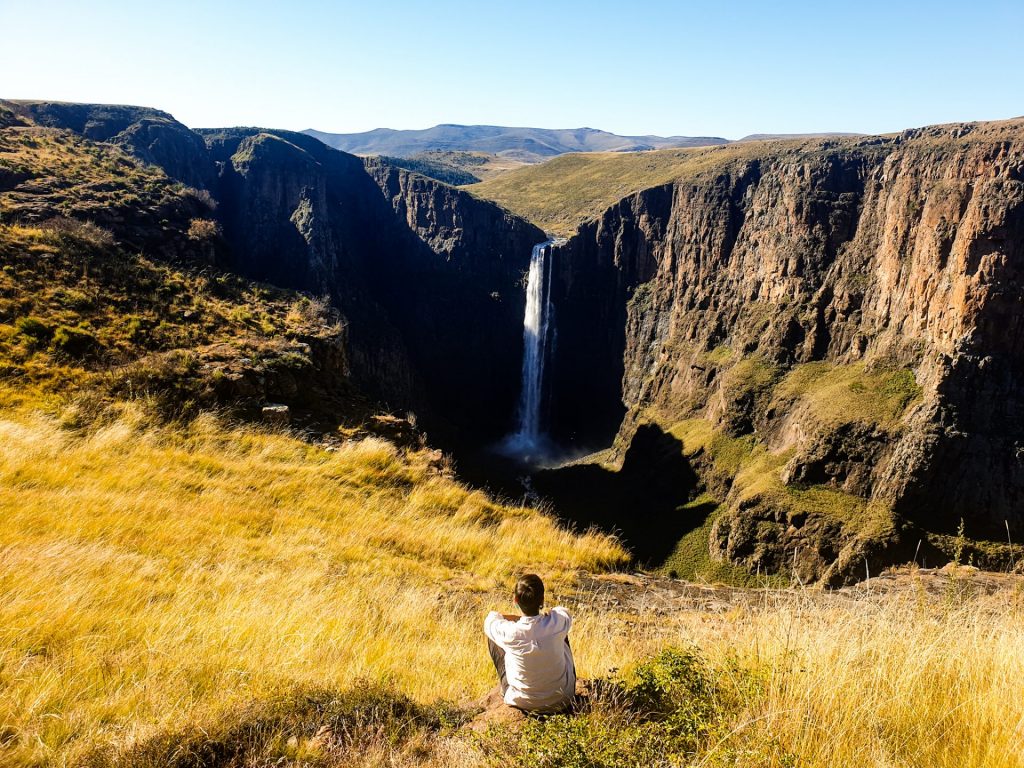
After spending some time contemplating the beauty of this waterfall (you can also reach the foot of it, but you have to make a trip from the village, on the other side of the crack in the ground that we had in front of us), it was time to return to Semonkong. The area we were in was a bit muddy, and already on the way down, the car was very dirty with mud. But, on the way up, this mud that was on the road was making us cringe and, combined with the unevenness of the ascent that was there, caused us to try to climb a couple of times without having enough strength since we couldn’t take much speed Finally, on the third, and lifting quite a bit of mud, we were able to reach the future visitor center and redo the path again to reach Semonkong.
In this town, there was a very rural atmosphere. You saw many horses, ponies and herds; and this area is also very popular for tours through more uninhabited areas with these animals. As we had really enjoyed this experience in Mokhotlong, we decided not to repeat it.
So, we prepared our house, cooked and went to bed early after enjoying a very peaceful day visiting one of the iconic places in the country – Maletsunyane Falls. During the month of May, when the sun goes out, it is already very cold in Semonkong and we had to take refuge in the tent (this time without Me Nkune’s blankets). That night was really very cold. We slept in below zero, and the next day we had to remove the ice from the tent and the car was 1ºC. We can’t imagine what it must be like to sleep in Semonkong in the dead of winter… If Maletsunyane means “place of smoke”, in winter Semonkong means “place of cold”.

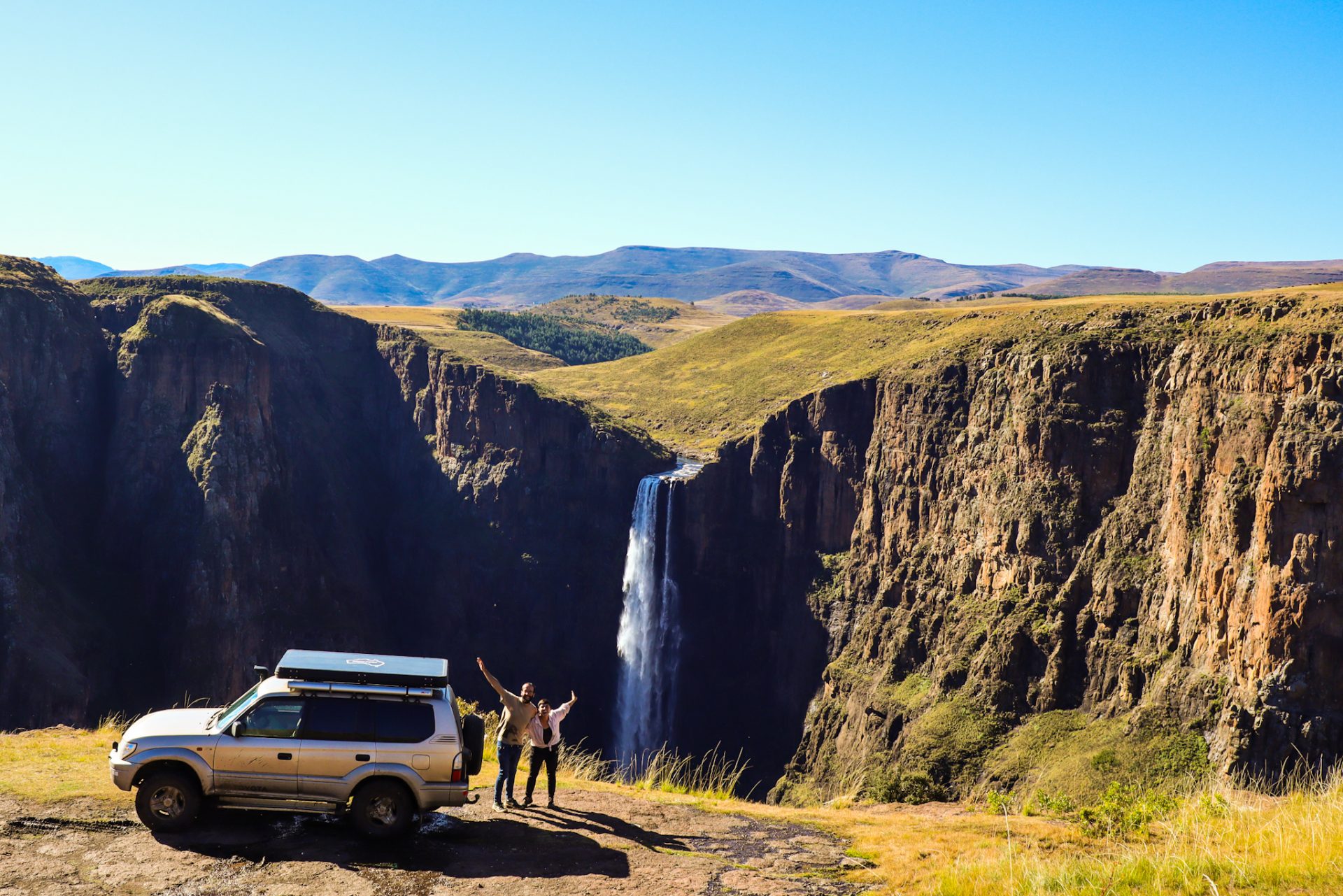
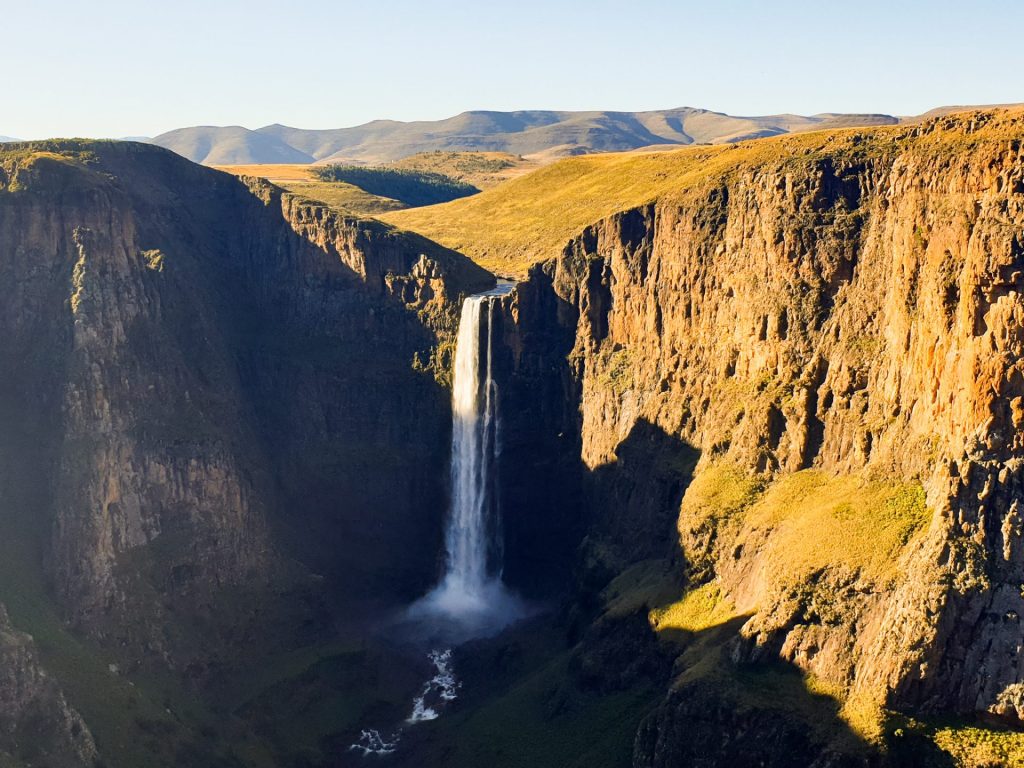
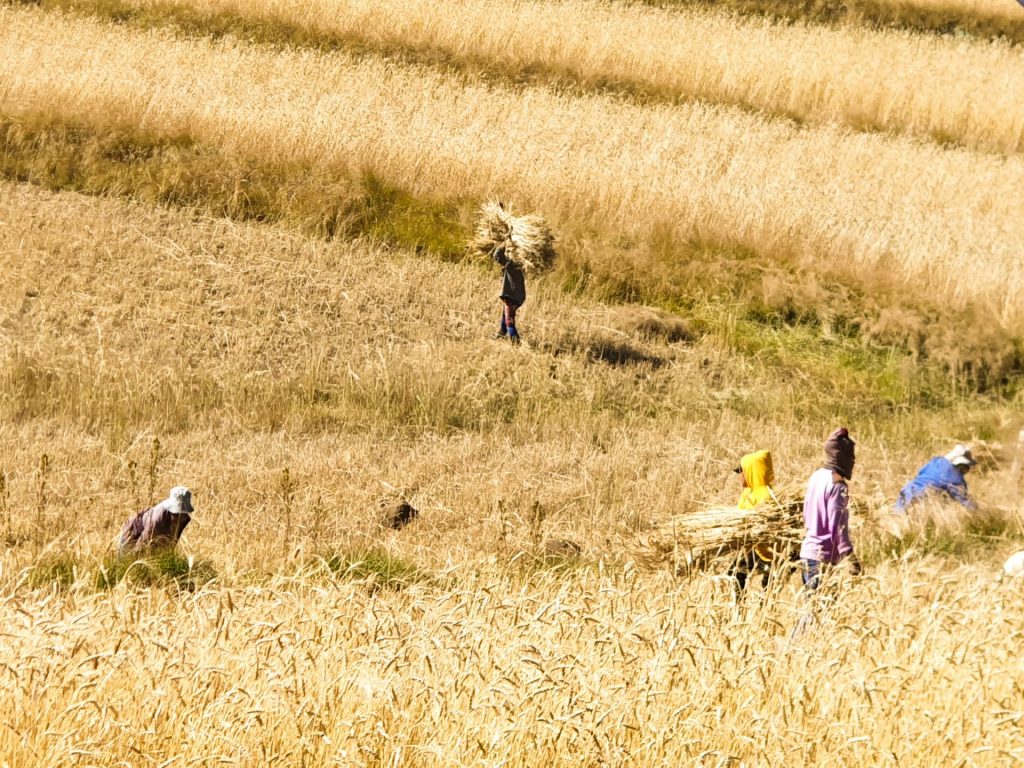
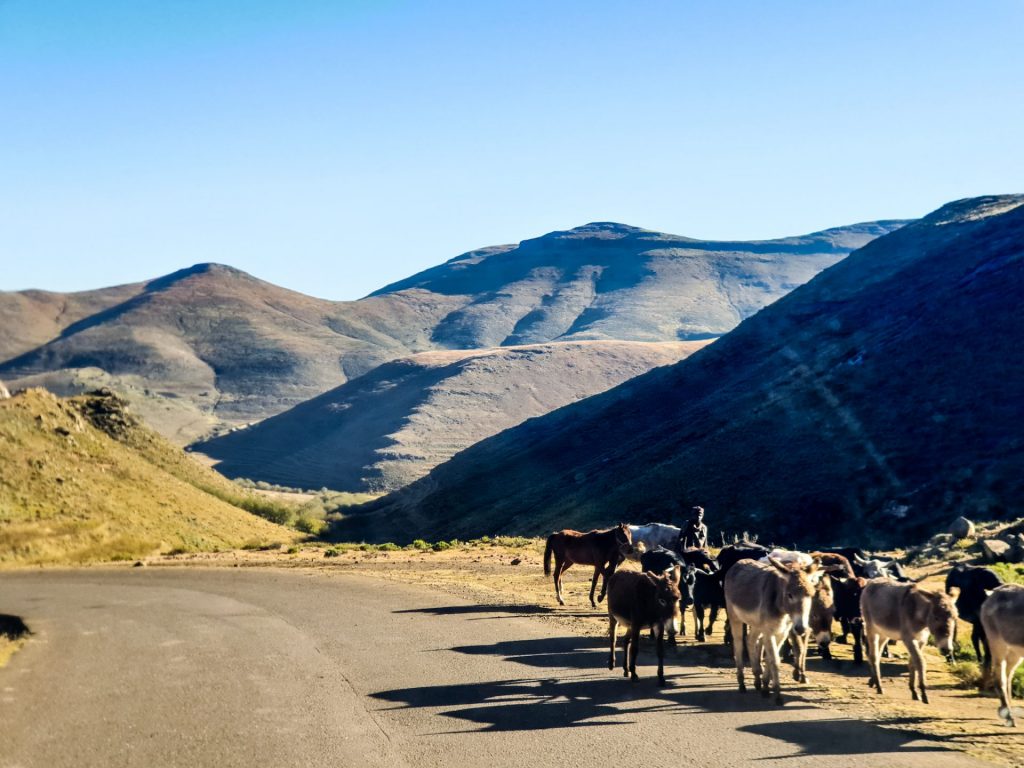
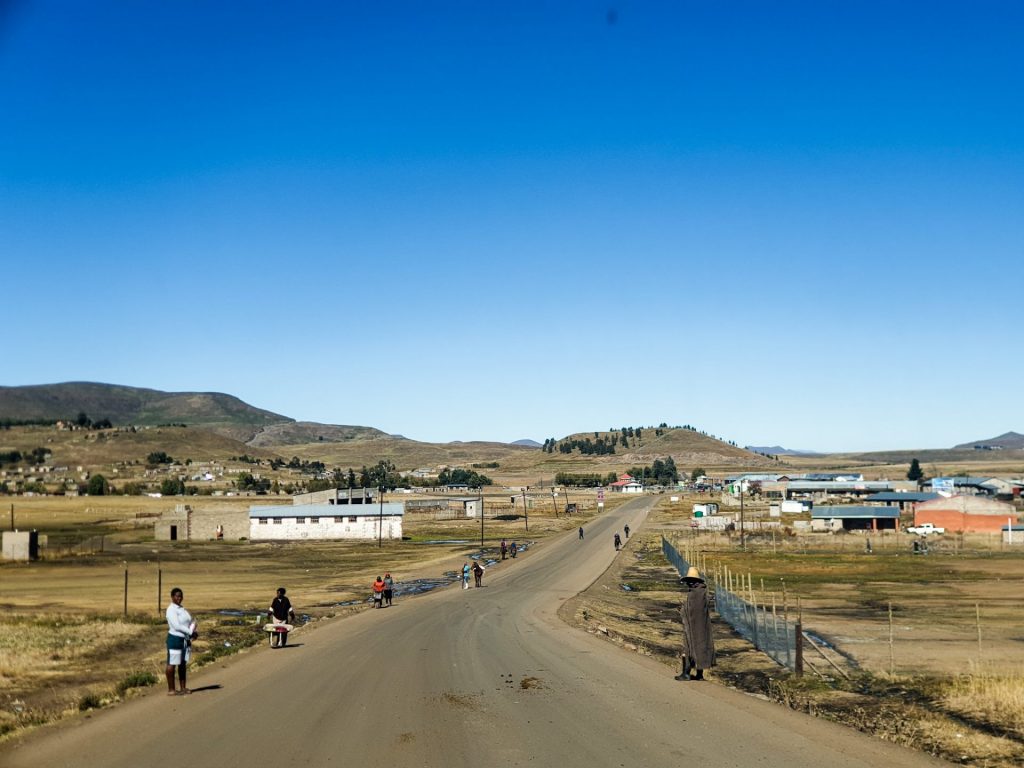

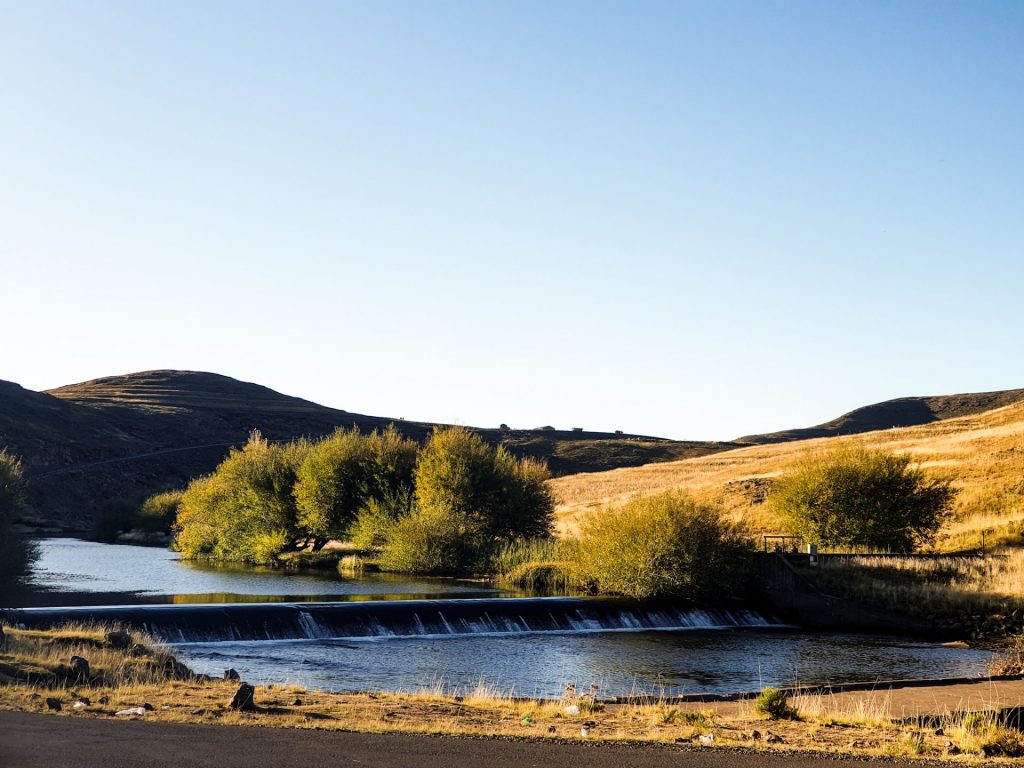
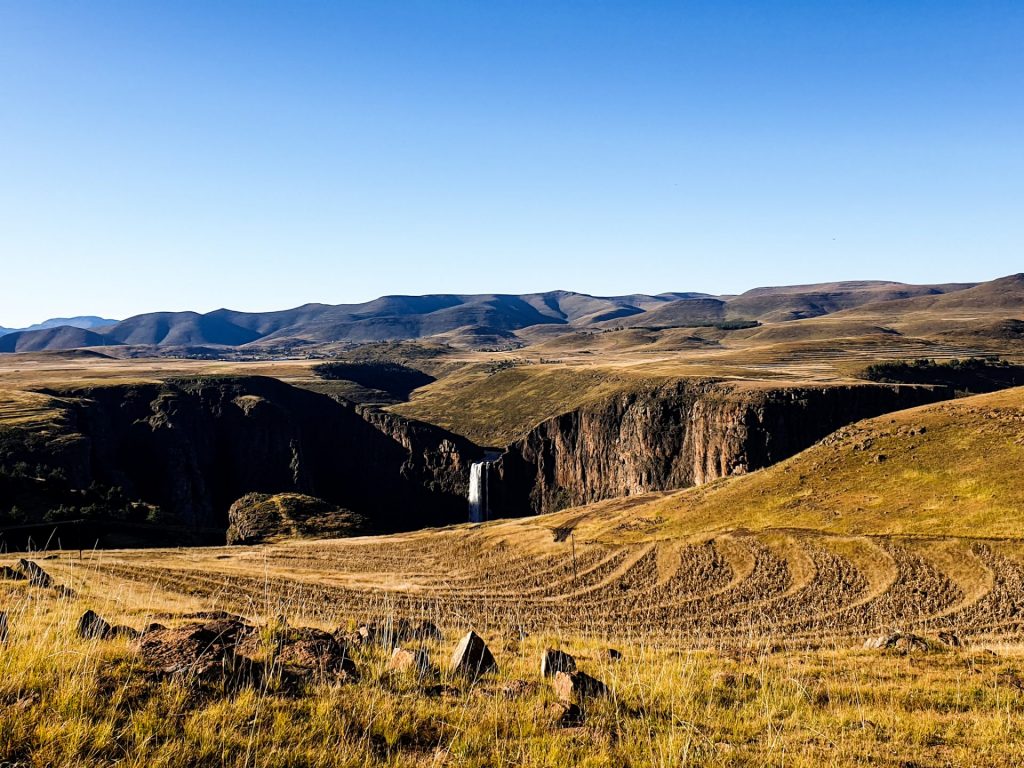



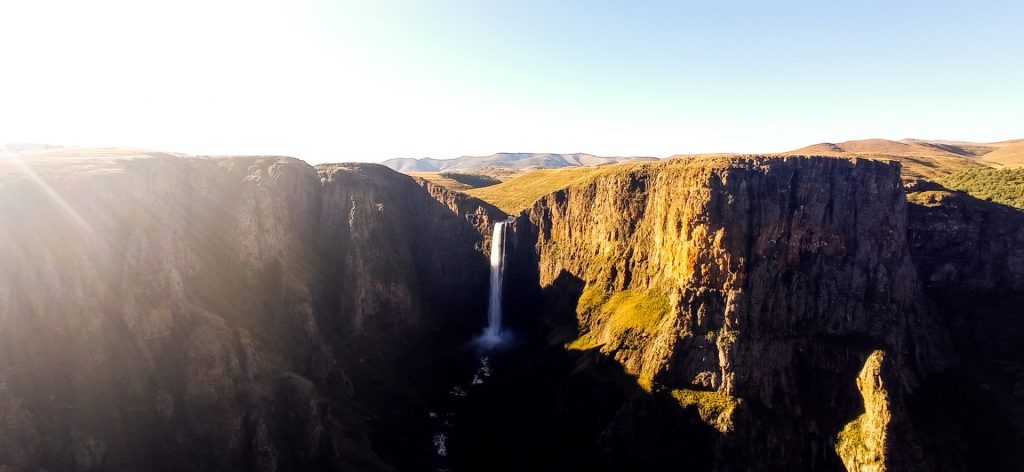
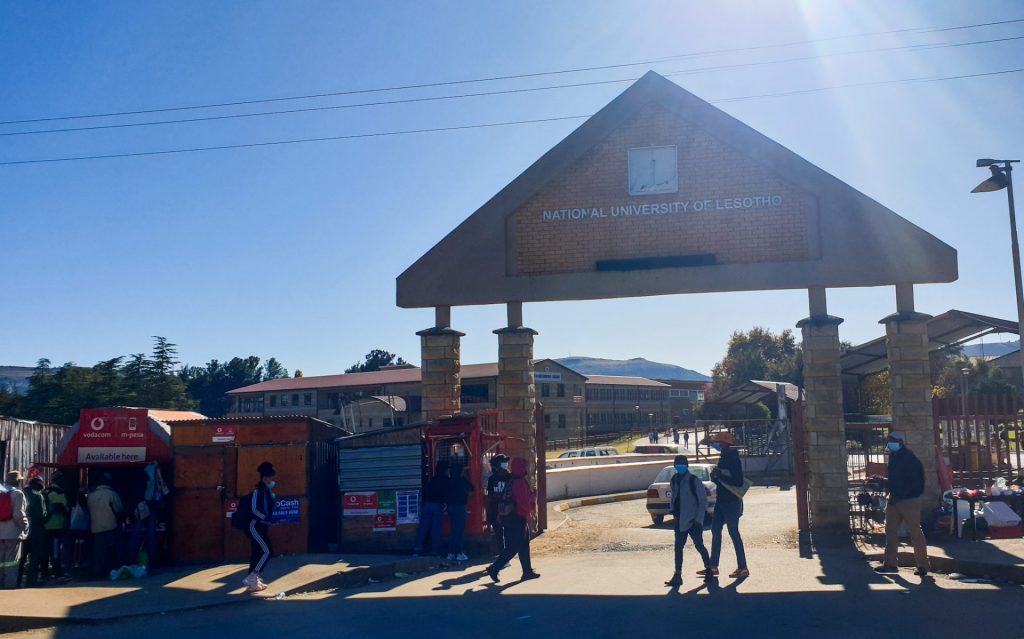
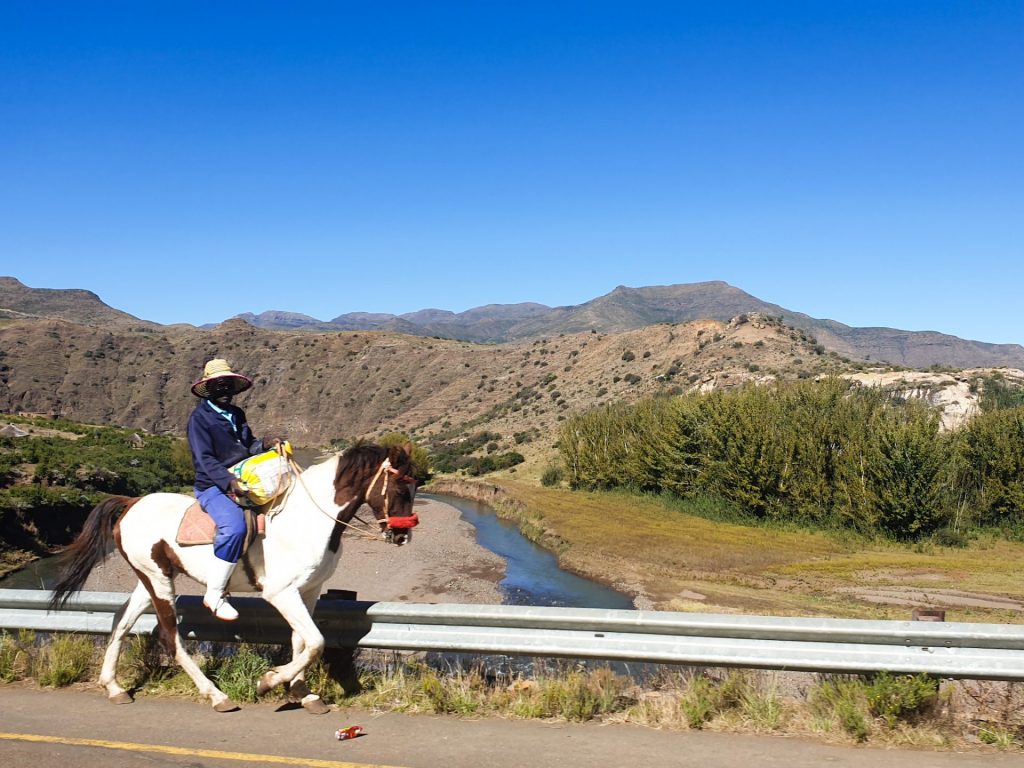
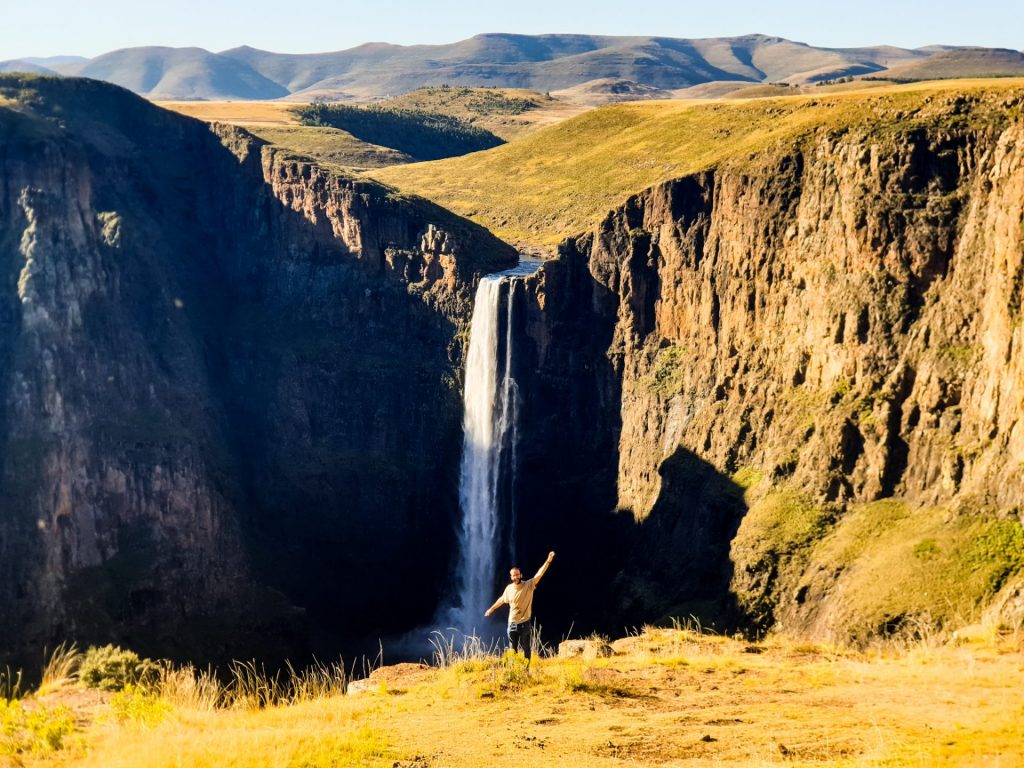



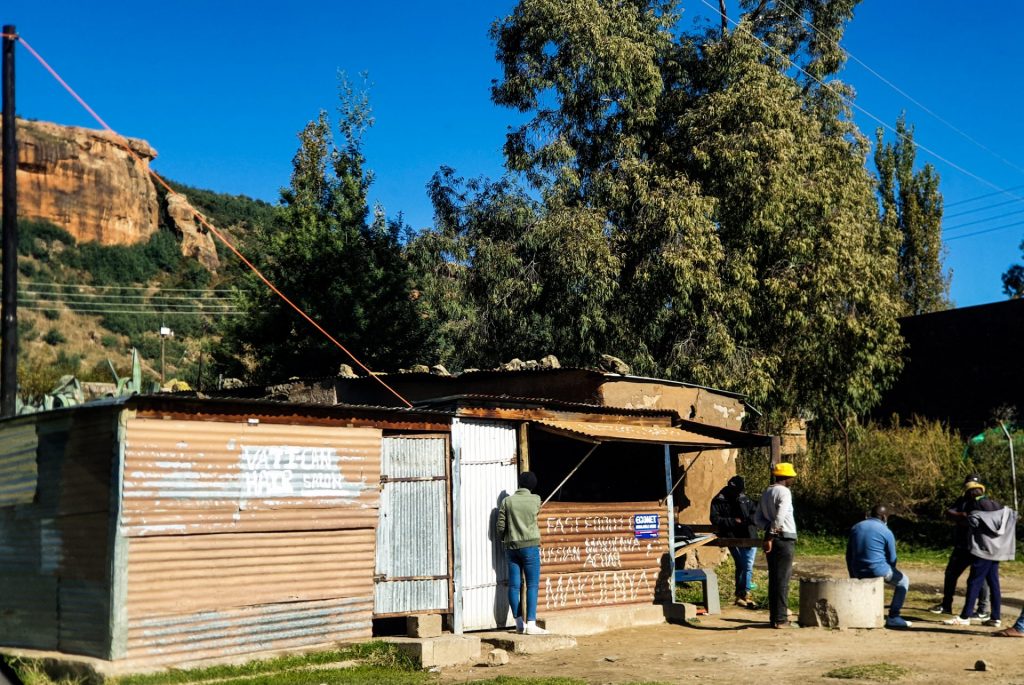
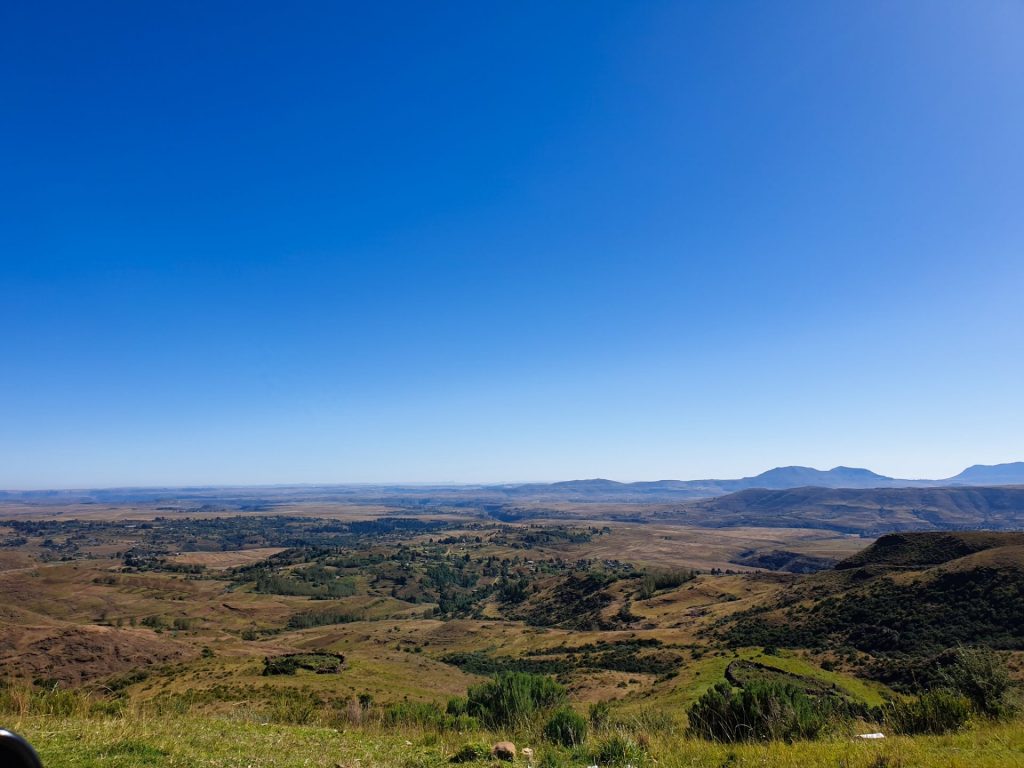
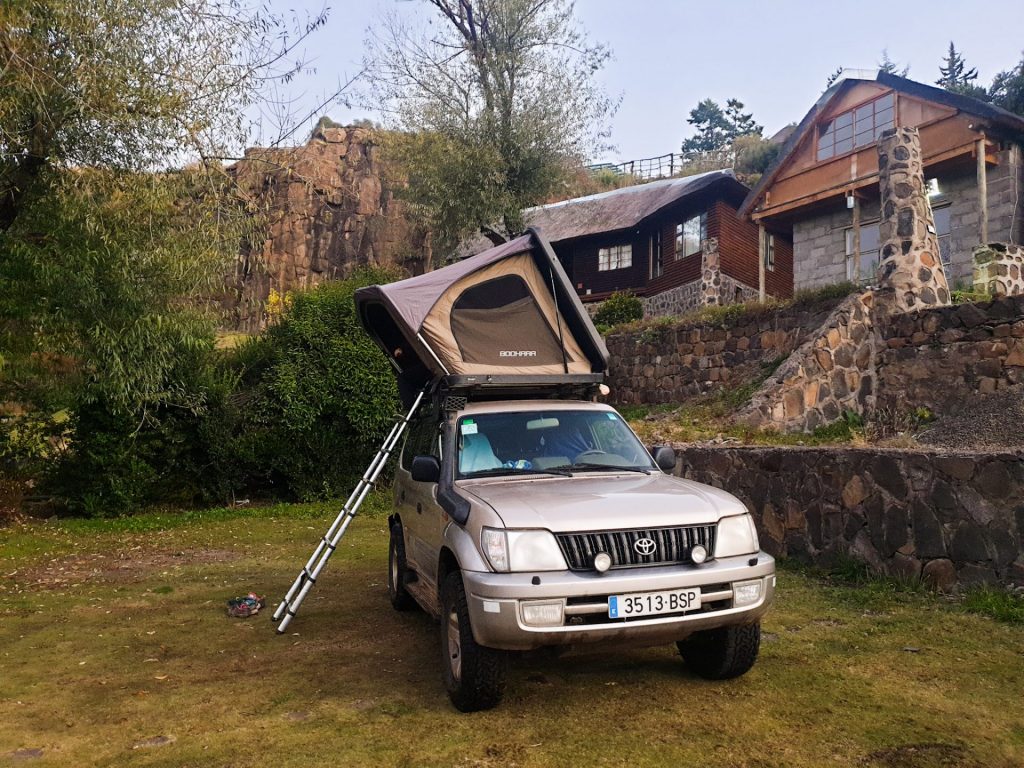
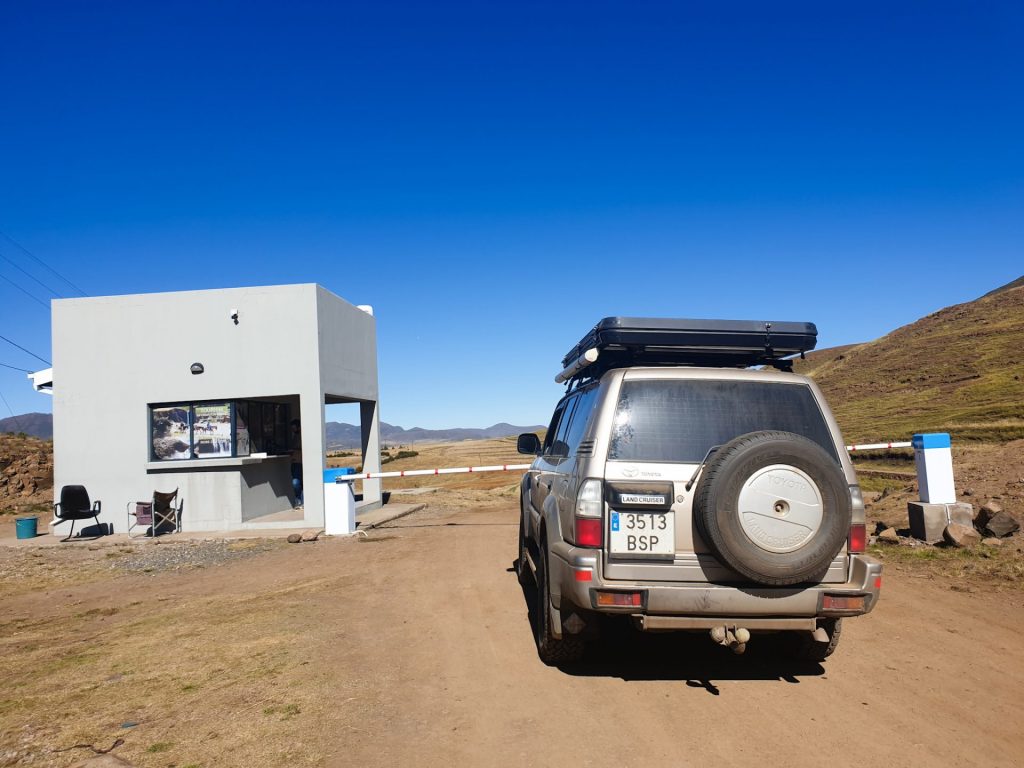
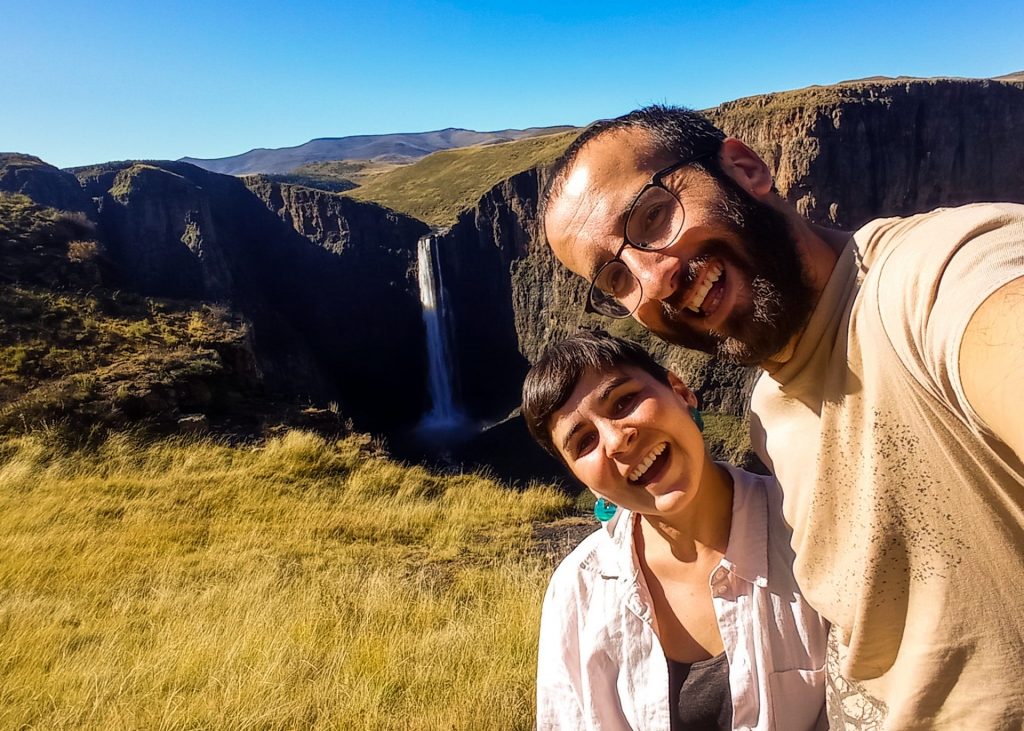
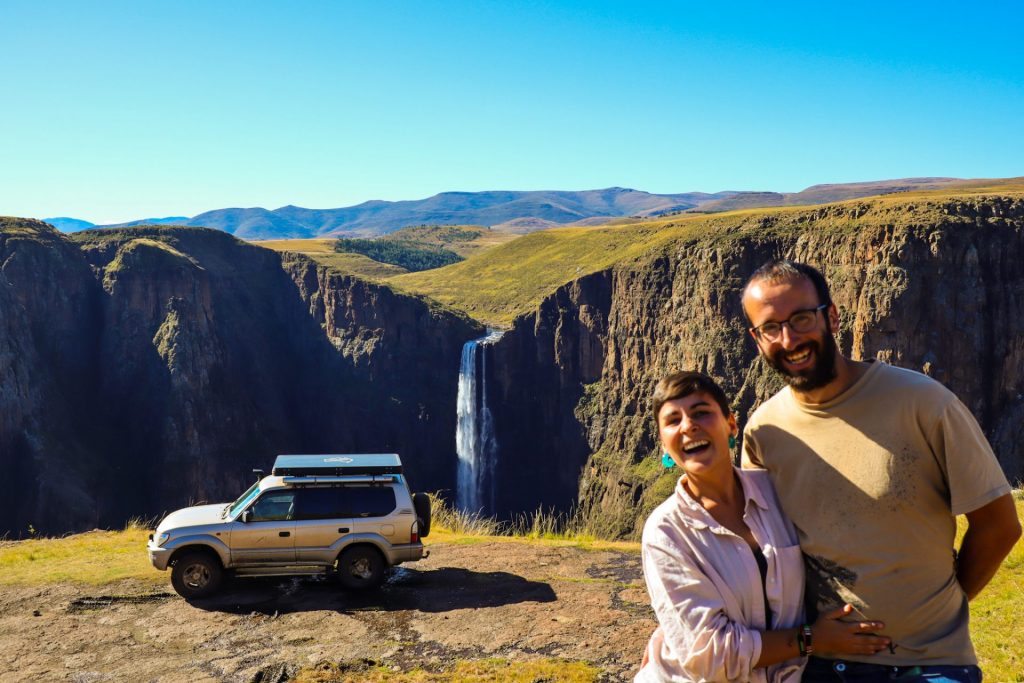


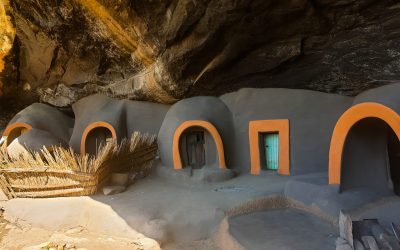
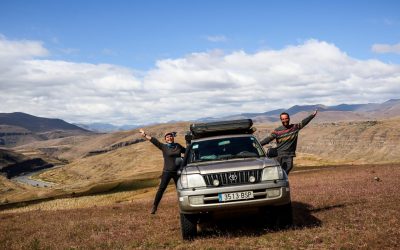

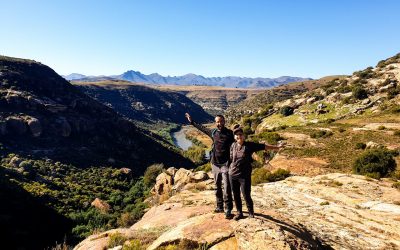
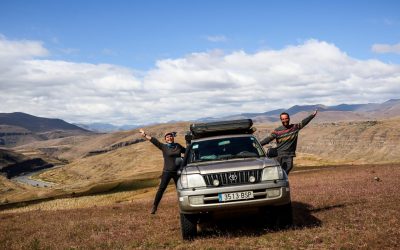

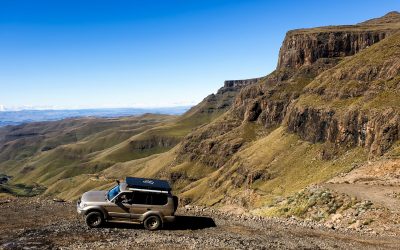

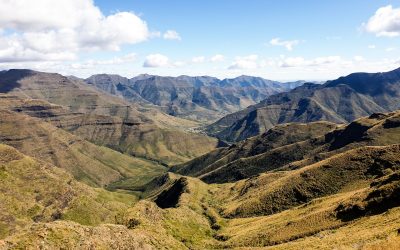
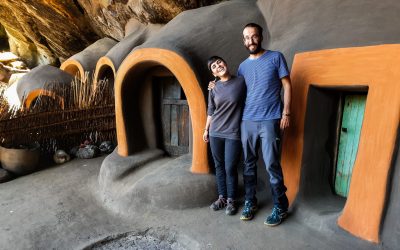
0 Comments